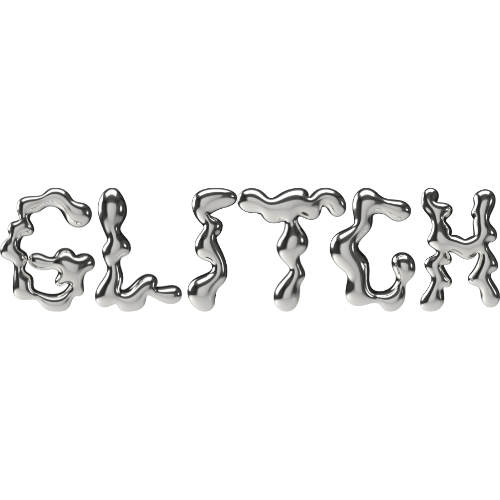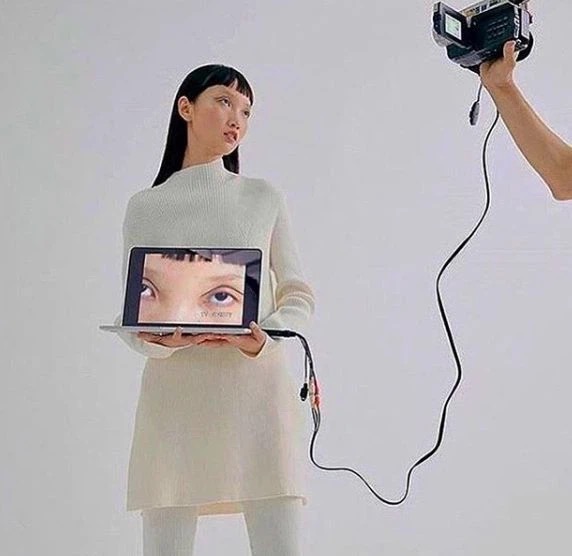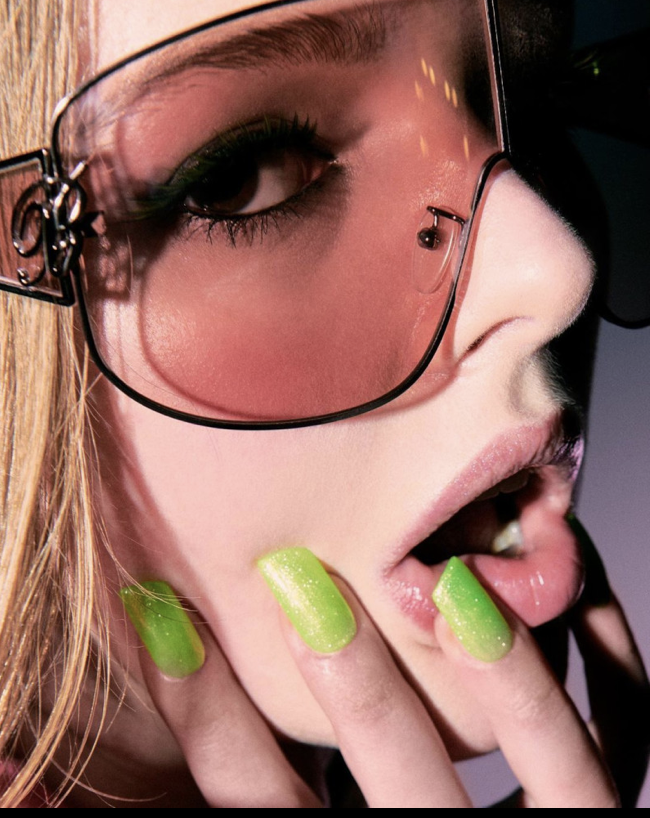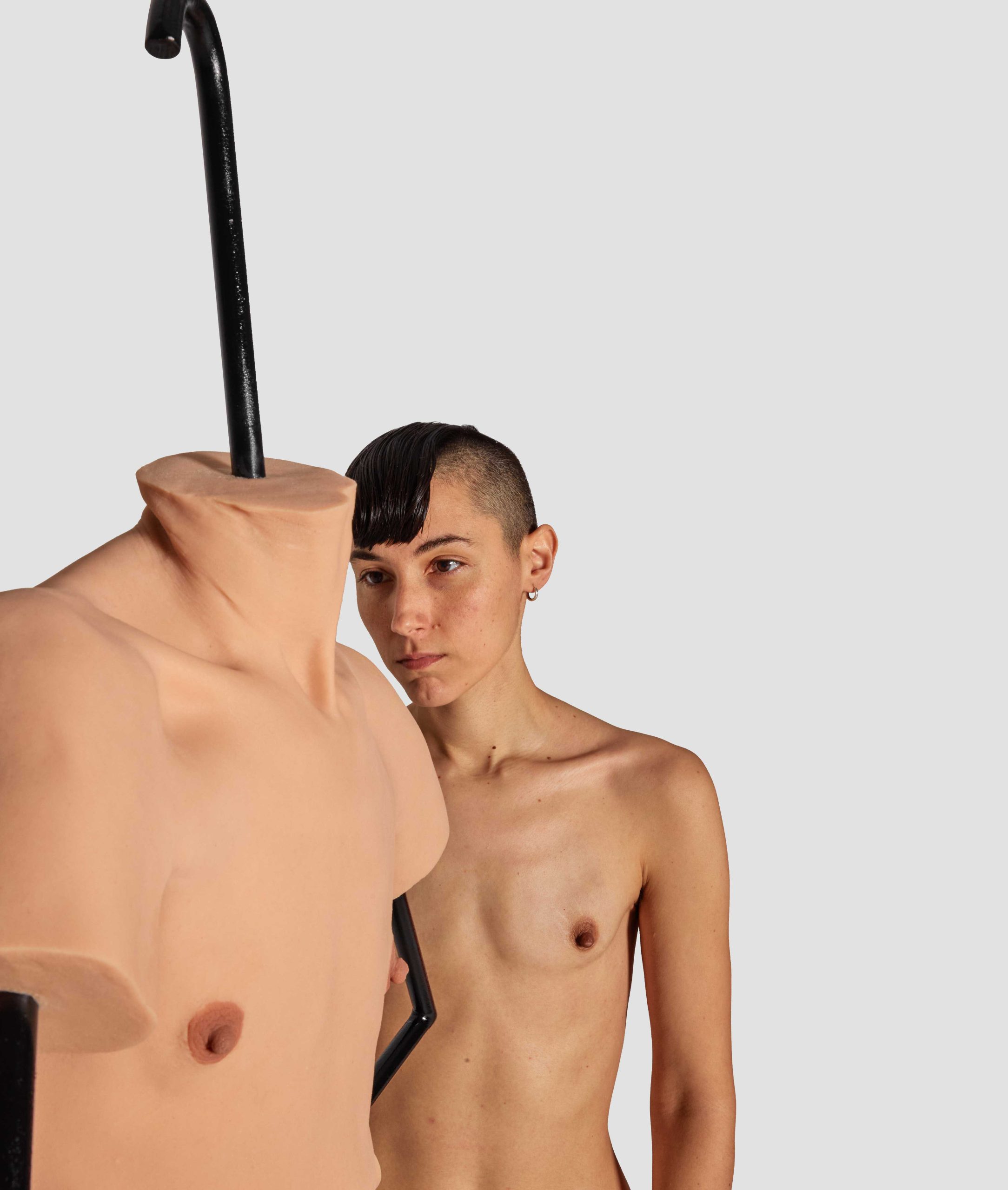Yaku Stapleton finds inspiration in the Afrofuturism movement as a vehicle to connect with his blackness and provide opportunities for others to introspect their identity through his designs. His fascination lies in combining these topics with character design, fantasy, and themes of online role-playing games like RuneScape.
Yaku’s base is in scale and perception, and manipulating form from human form or natural form. Looking for new points of reference, he came across the Afrofuturism movement for his visual + cultural identity as a fashion designer.
‘’ ‘How could I kind of place myself in fantasy?’ I’ve done this before when I was super young playing these games, RuneScape in particular. I was like, ‘Oh, I was doing Afrofuturism. I just didn’t know.’ I thought about how I could bring this to life. I thought the best way would be almost like a family reunion in space. So I started making these character designs based on my family members.’’
A balance between ‘couture costume design’ and ’functional fashion design,’ as we see it as a challenge today, to be able to tell this story in extravagant ways like Yaku Stapleton, but also be able to convey it in something that can exist outside of the collection, and begin to exist on its own. Here is our exclusive interview x GLITCH Magazine.
Hi Yaku, welcome to GLITCH, share with us a few highlights from your childhood and your cultural background. How have these influenced your journey?
During my childhood, some of the most peaceful times were spent playing outside with my brothers. I often try to convey that feeling in my work and continue to do so. As a third-generation Black-British individual, I have been exposed to a unique mix of both cultures, but if they influenced my journey then it’s on a subconscious level.
When did you decide to approach fantasy + afro futurism related to your creative process in fashion and what made you take this decision?
I decided to approach fantasy and Afrofuturism in my creative process during the pre-collection phase at Central Saint Martins (CSM) last year. I’d just finished a project with Canada Goose which explored heavily leaned into human form, function and wearability in extreme weather conditions. So for the pre-collection, I wanted to build on what I learned about functionality but contrast it with more imaginative and fantastical reference points. I started picking out books from the library to expand my knowledge and discovered the relevance of Afrofuturism in how I perceive the world. I also realised that I had unknowingly embraced Afrofuturism during my younger years by playing games and immersing myself in imaginary worlds that existed outside the realm of reality.
How aware are you of the fact that you are considered to be a one-of-a-kind designer creating surreal upcycled garments in a futuristic way?
I don’t consider myself one-of-a-kind because I believe everyone is unique in their own way. I don’t believe in ownership of ideas either. I see myself as someone who applies existing ideas and processes in a way that resonates with me. I’m not an inventor or a scientific researcher, so all the ideas and processes I use already exist.
Walk us a little bit through your creative process, where do you find inspiration or sources for your research?
My creative process is driven by a combination of natural and human forms and perceptions. Although I constantly seek new reference materials, the inspiration usually just comes to me. Currently, I strive to find a balance between functionality and storytelling. I believe that there are endless possibilities within this balance.
How would you describe the visual + cultural identity of YAKU STAPLETON in a few words?
Sculptural, bright, sensory, textured.
People have started wasting fashion, and we are living in a society full of so many fashion designers, and fashion shows. How sustainable is this in your opinion? What should be the solution?
It’s great that people can express themselves creatively through fashion, as long as sustainability is kept in mind. Personally, I strive to focus on using deadstock or sustainable materials, such as second-hand clothing or recycled bedding. By repurposing existing materials, I aim to minimize waste and reduce the environmental impact of my designs. When it comes to fashion shows, I believe the storytelling could be more concise and condensed, rather than spread over numerous looks, so that’s what I’ll be aiming to do.
You won L’Oréal’s Professionnel Creative Award at Central Saint Martins’s MA fashion show in late February, how did this experience improve your creativity process in a better way? How did you overcome challenges and fears when it comes to showcase for a new competition?
I suppose that winning the L’Oréal’s Professionnel Creative Award added to my credibility as a designer. However, I understand that credibility lasts only as long as your creativity remains strong, so I continue to put pressure on myself to maintain that level. To overcome challenges and fears associated with showcasing in a new competition, I focus on preparation and planning, ensuring that I’ve done my absolute best and have nothing to fear or worry about.
How is your design connected to your heritage and why is this very important for you?
Regarding the connection between my design and my heritage, I don’t believe my design is specifically linked to my heritage at the moment. But I am sure that subconsciously everything I do is a combination of all the experiences I have gone through. Although my final collection was not specifically related to my heritage, it was based on the times I spent with my brothers as a kid. Perhaps my childhood experiences have influenced my design choices in some way.
In your opinion, what are the actions that we, ordinary people, need to take in our daily life for a better future, for a better + sustainable world?
In my opinion, there are certain actions that we, as ordinary people, need to take in our daily lives for a better future and a more sustainable world. Since everyone is ordinary, we all carry the same responsibility. One important step is to consider the longevity of the items we purchase, such as clothes and furniture. Before buying something, it is crucial to think about how long we will own and use it. Instead of making impulsive decisions based on trends, we should prioritize our own needs and wants.
Is there any person, friend or sibling, very important to you, that pushed and motivated you to move forward?
I am inspired by all my family and friends. Witnessing their hard work and dedication serves as a constant source of inspiration for me, as I strive to keep up with their level of commitment and success. Everyone I am close to has had a positive influence on my journey.
A letter to your future self. What would you write?
Keep going! 🙂
Written by Mira Wanderlust for GLITCH Magazine





